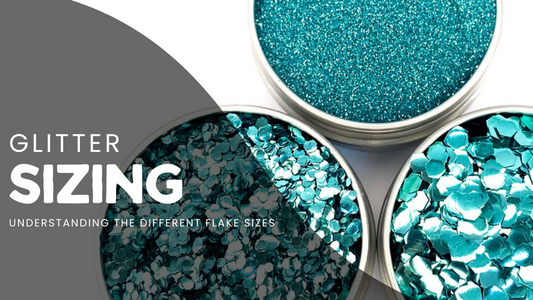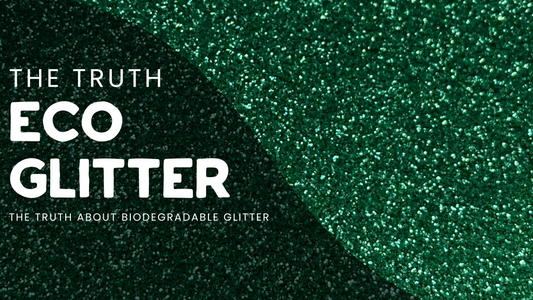Luminosity Glitter® Guide

What Is Glitter Made From? Plastic Glitter vs. ...
Regular glitter is basically shiny plastic but Bioglitter™? It’s eco-friendly sparkle magic made from plants! 🌿✨
What Is Glitter Made From? Plastic Glitter vs. ...
Regular glitter is basically shiny plastic but Bioglitter™? It’s eco-friendly sparkle magic made from plants! 🌿✨

Understanding Glitter Sizes
Glitter comes in various sizes, ranging from ultra-fine particles to bold, chunky pieces that make a statement.
Understanding Glitter Sizes
Glitter comes in various sizes, ranging from ultra-fine particles to bold, chunky pieces that make a statement.

How Long Does Biodegradable Glitter Take to Bre...
How long does it take for biodegradable glitter to break down?
How Long Does Biodegradable Glitter Take to Bre...
How long does it take for biodegradable glitter to break down?

The Role of Shellac in Biodegradable Glitter
Shellac is a natural resin secreted by the lac bug, a tiny insect. In biodegradable glitter, shellac plays a crucial role.
The Role of Shellac in Biodegradable Glitter
Shellac is a natural resin secreted by the lac bug, a tiny insect. In biodegradable glitter, shellac plays a crucial role.

The truth about Biodegradable Glitter
Genuine Bioglitter® stands out as the only truly biodegradable glitter, breaking down naturally in just four weeks.
The truth about Biodegradable Glitter
Genuine Bioglitter® stands out as the only truly biodegradable glitter, breaking down naturally in just four weeks.
